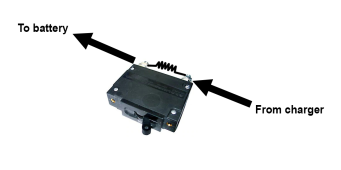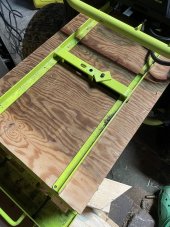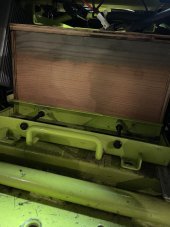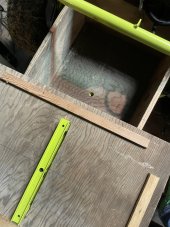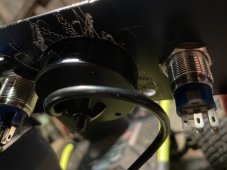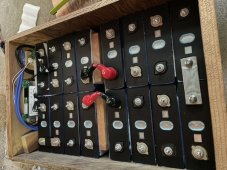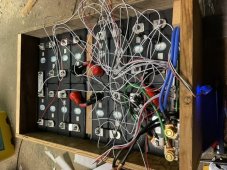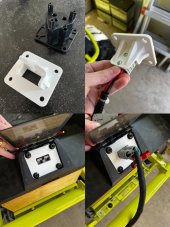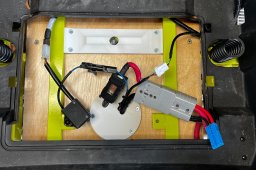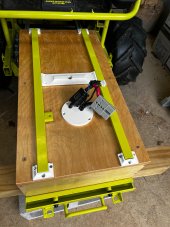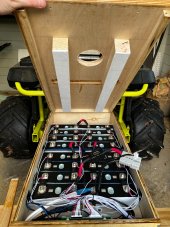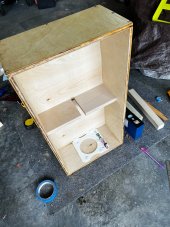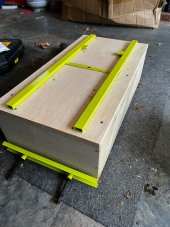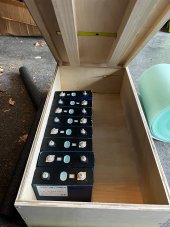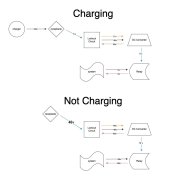Well I am just about done with my battery build ( 100 Ah 16s CALB cells with Overkill BMS), save for a couple of dust shields... and I run into a problem. First, the battery worked well when driving my mower up and down the yard. No issues with the actual battery function, but I haven't yet mowed. First mow tomorrow. Pictures to follow later.
However, when I went to plug in my AIMS charger using the built-in quick Delta-Q connect there was a big arc with sparks and I think I fried the receptacle and plug. I'm getting resistance values in the mega-Ohm range across both the receptacle and the plug on the positive wire. Not really sure what happened, the charger was plugged in but the charger switch was off.
So I'm stuck considering 1) ordering a new receptacle and plug or 2) getting a whole new quick disconnect to charge. Any thoughts / opinions welcome.
@AMDPower I know you had arcing with yours, did you solve this issue?



